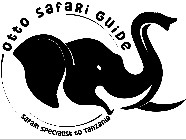An introduction to a huge, unexplored wilderness: Nyerere National Park/Selous Game Reserve.
Selous, is the largest wildlife reserve in Africa, with a landmass of 55,000 sq km, which is double the size of Serengeti National Park (an area exceeding the size of Switzerland) Along with its diverse animals, Selous is home to the last remaining habitat for black rhinos and a wealth of birdlife.
The Rufiji River is one of Africa’s most captivating waterways, with sand banks bordered with enormous crocodiles, palm-fringed banks piled high with thirsty herds of elephants and buffalo, water brimming with grunting hippos, and a genuine showcase for the continent’s diverse aquatic avifauna. On dry land, it is possible to see leopards and cheetahs, with a decent probability of also seeing wild dogs. This region is home to 25% of the continent’s population. Consequently, the reserve is the best.
The variety of activities available to tourists is a distinguishing aspect of the Selous. Motorboat excursions provide an exciting view of the big river from the perspective of a hippo, while armed ranger-led foot safaris frequently feature encounters with the pachydermal kind.
The Rufiji River, which originates in the highlands, is the lifeblood of the reserve, bringing with it swamps, wetlands, wooded grasslands, and miombo woods. Explore the crocodile-infested seas on a boat safari or look for some of the world’s last wild dogs and black rhinos. Contact Us if you would like an itinerary for a safari to the Selous Game Reserve.

Nyerere National Park (Selous Game Reserve), with its striking landscapes and a wide variety of wildlife, was named a UNESCO World Heritage Site in 1982. The reserve is home to more than 400 bird species and numerous crocodiles, lions, leopards, hippos, elephants, black rhinoceroses, and buffalo. It is an essential habitat for endangered wild dogs. The sheer amount of play in Nyerere is incredible! An enormous variety of safari activities is available to visitors to this expansive park, including boating safaris, traditional game drives, walking safaris, and renowned fly camping excursions.
Nyerere National Park information
The Selous Game Reserve/Nyerere National Park, which is situated on Tanzania’s less-frequented southern safari circuit, spans a vast expanse of 19,000 square miles (50,000 km2) in size. In comparison, Serengeti National Park is twice as big. The Selous Game Reserve was recognized by UNESCO as a World Heritage Site in 1982.
Selous Game Reserve / Nyerere National Park
Nyerere National Park is currently the official name for the region of Selous Game Reserve in the north. Julius Nyerere, the first president of Tanzania, was honored with its name. The Rufiji river and a buffer zone to the south of the watercourse are both located in Nyerere National Park. Selous Game Reserve is still the park’s official name.
History
It was first recognized as a protected area in 1896, and in 1905 it was turned into a hunting reserve. It was given the name Selous in honor of the famed big game hunter, intrepid British explorer, and conservationist Frederick Selous, who explored most of East Africa. During the First World War, Selous was shot and killed in 1917 close to the Beho Beho camp. The Selous Game Reserve was established in 1922 by combining five nearby reserves.
Nyerere National Park/Selous Game Reserve’s landscape
Northern Selous
Nyerere National Park, often known as the North Selous, is a no-hunting area devoted to photo tourism. A visitor-friendly area for both lodging and safari activities, this area accounts approximately 8% of the entire reserve.
Southern Selous
The larger portion of the reserve, in the south, is separated into blocks and leased out as exclusive hunting concessions. There are no safari tours available in this area of the wildlife park.
Rufiji River
The largest river in Tanzania, East Africa, the Rufiji River drains the majority of the country’s southern region and is navigable for around 60 miles (100 km). It is created by the fusion of the Kilombero and Luwegu rivers, and it travels 175 miles (240 kilometers) northeast and east before it meets the Indian Ocean across from Mafia Island. The Great Ruaha Rufiji River, its main tributary, shapes the reserve’s terrain by supplying year-round water and fostering a variety of habitats. Seasonal flooding generates lush meadows as the slowly meandering river and its tributaries create wetlands, palm-lined canals, and lakes. The reserve is also traversed by the smaller Kilombero and Ruaha rivers.
Stiegler Gorge
In the north of Selous, Stiegler’s Gorge is a 5-mile (8-kilometer) long and 330 feet (100 meters) deep canyon that runs beside the lower stages of the Rufiji river. The gorge bears the name of a Swiss adventurer who was slain there in the early 1900s by an elephant. The contentious new dam and hydraulic power plant in the park are also located here. Conservationists worry that the dam will have a long-lasting harmful effect on the communities downstream and on biodiversity.
WILDLIFE IN NYERERE NATIONAL PARK
The wildlife in Selous Game Reserve is more numerous than anywhere else on the planet, yet it is also widely dispersed throughout this vast area of territory. Miombo woods, plains, and sweeping mountains define the Selous. Most of the animals on your list, as well as several that are unique to this reserve, are likely to be crossed off.
Elephants of Selous Game Reserve
Elephant numbers were historically highest in the Selous Game Reserve. Sadly, their species has been drastically decreased by poaching during the past 50 years, which occurs all across Africa.
Thousands of these gorgeous huge creatures still inhabit the reserve, despite the sharp decline, and sightings are common.
Wild Dogs
The greatest number of wild dogs in Africa and nearly one-third of the world’s population live in the reserve, where they struggle for food with other predators like lions, cheetahs, leopards, and spotted hyenas. These canines, often known as painted dogs, are among the most successful predators, with 80% of their hunts resulting in a kill.
Black Rhinos
One of Tanzania’s last endangered Black rhino herds can be found in the park. These reclusive animals favor covering up under thorny shrubs.
Rare Antelope
The majority of puku antelope, which graze on the park’s flooded grasslands, are found in Selous. Sable antelope are present in good numbers in the reserve and are frequently spotted in its northern regions. The woodlands of the miombo located here are the exclusive home to Lichtenstein’s hartebeest.
Large cats
This is a fantastic location to watch large lion prides and males with extremely large manes. The reserve also boasts one of the largest densities of leopards, however it is difficult to view one because of the park’s lush foliage.
Leopards are elusive cats, but on a guided walk you can see their footprints or other evidence.
Other animals in Selous Game Reserve/Nyerere National Park
You may get up close and personal with some of the crocodiles and hippos that live there by taking a boat tour down the Rufiji River.
Given that there are about 40 000 of them, it is extremely improbable that you will visit Selous Game Reserve without spotting a giraffe. Waterbuck, greater kudu, wildebeest, eland, impala, plains zebra, Cape buffalo, hyena, and primates like baboons, colobus monkeys, and vervet monkeys live in the different ecosystems as well.
Birdwatching
The Selous game reserve has 445 different bird species. The diversity of birds in the river system is especially great. While pink-backed pelicans, African skimmers, and squacco herons prowl the water’s edge and fish eagles and kingfishers patrol the open waterways, keep an eye out for scarlet flocks of carmine bee-eaters huddled on the muddy sandbanks. You might be lucky enough to see a rare Pel’s fishing owl emerging to hunt at dusk.
Both the beautiful rufous winged sunbird and the Udzungwa woodland partridge are indigenous species to this region.
HOW TO GET TO NYERERE NATIONAL PARK
Although Nyerere National Park is a remote area of Africa, it is still close to Dar es Salaam, Arusha, Ruaha, and Zanzibar. Post drive of six to seven hours from Dar es Salaam will take you to the park. However, there are daily light aircraft flights from Dar and Ruaha to Nyerere National Park; the flight from Dar takes about 45 minutes, and the flight from Ruaha takes about 90 minutes.
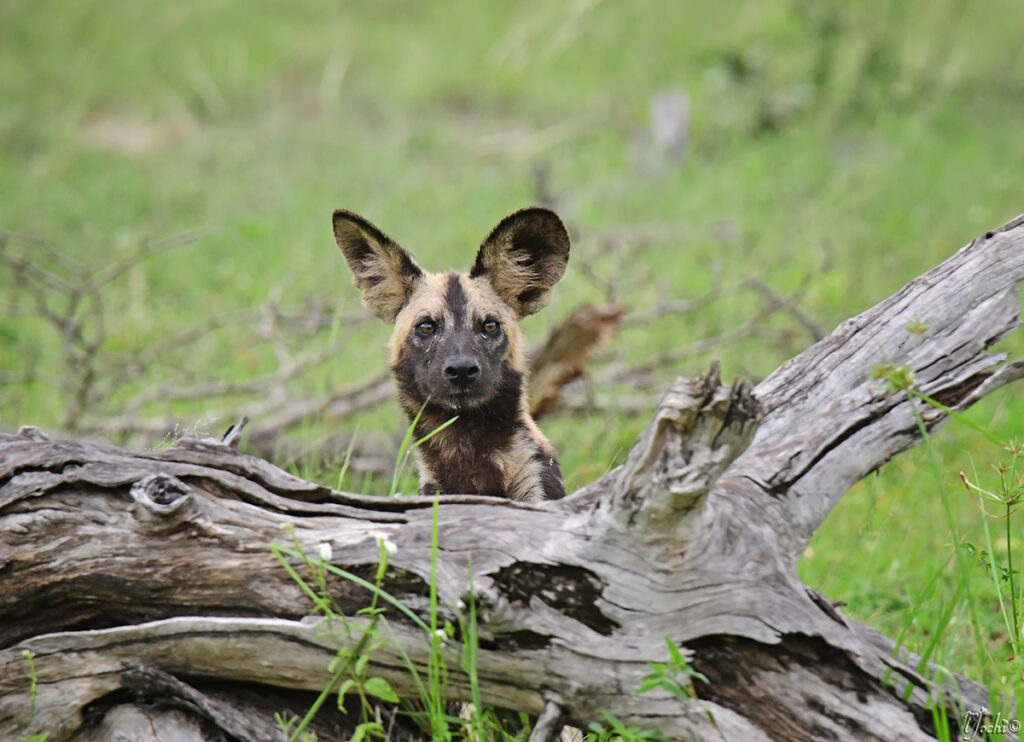
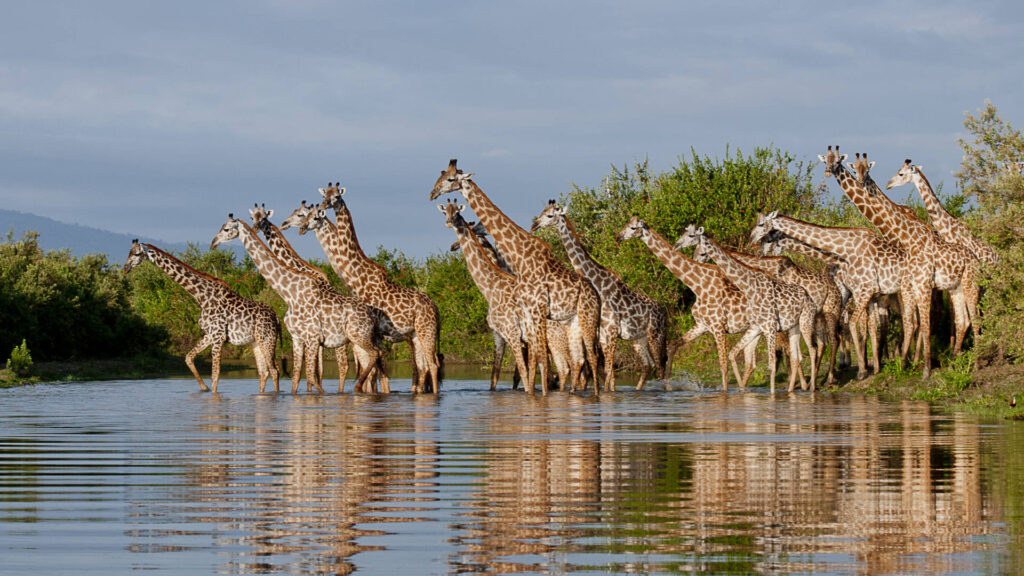
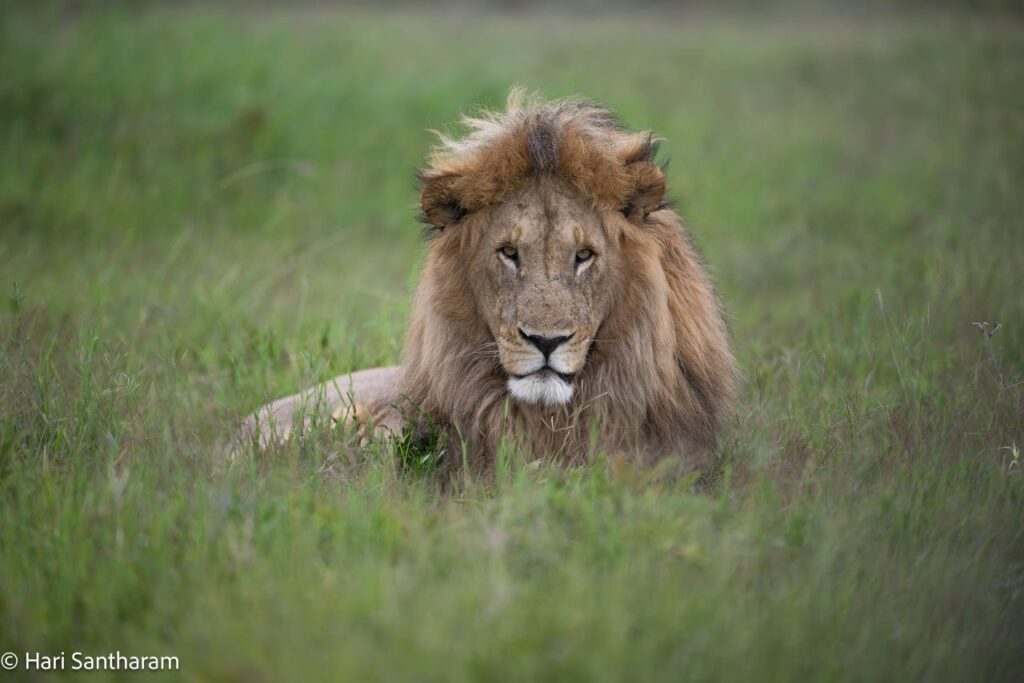

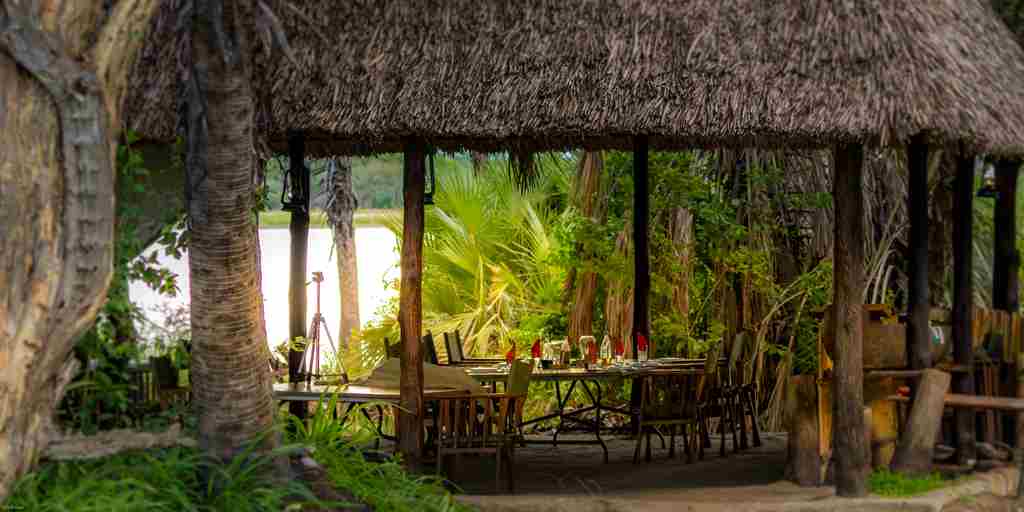
Many departing flights from Arusha and Zanzibar land at various lodgings or open airstrips inside the reserve.
Planning Your Trip to Selous Game Reserve
How to reach the Selous Game Reserve
Traveling by Road
It takes 4 hours to get there by driving via Kisarawe from Dar es Salaam. The path travels through
Flying In
A small plane flight from Dar es Salaam to Ruaha National Park will take 45 or 90 minutes.
If time and money permit, we advise traveling by land to get there and flying out again. Even while the driving trip takes longer and is less pleasant than flying, you get to see some of Tanzania as it truly is and get a sense of how remote you are. Flying over the Rufiji River and taking in the Selous’ immensity from above is also quite amazing.
Best Time to Visit Selous Game Reserve
Best Time to Visit Selous Game Reserve In Selous, as in the majority of Tanzania’s parks, dry months (June–October) are ideal for viewing wildlife. Thankfully, the reserve doesn’t get too crowded during this busy time.
Since Selous provides them with reliable access to food and water throughout the year, animals do not travel south during this time.
Rainy Season
November through March is considered the rainy season. Please be aware that some roads may be flooded if you intend to visit the reserve during this time. There is also more humidity. Over this period of the season, some camps close.
Activities in Selous Game Reserve
Out of all the parks in Tanzania, Selous offers the broadest selection of activities.
Game drives
Take a trip with a knowledgeable guide who is familiar with the terrain and wildlife. Take a drive before or after 11 am or after 3 pm for the finest sightings as predators and prey seek refuge from the noon heat under shaded trees. You can start your day as early as 6.30 am when the gate opens, which is fantastic if you stay inside the park; however, it is difficult if you stay outside due to single entry permit park police.
Boat trips
River boats on the Rufiji River offer a distinctive safari option and an opportunity to get up close to the numerous hippos and crocodiles that inhabit these rivers. Half-day trips and sunset cruises are among the options.
Walking Safaris/Foot Safari.
On a supervised foot safari, you won’t ever feel more in touch with nature.
Learn about railroads and signage, and appreciate the small things.
Fly Camping Tours
Adventuresome guests can stay at a variety of sites and experience sleeping in the outdoors under simple tents. As you sit around a roaring fire and take in the lions’ roars, an armed ranger and guide will keep you secure.
Additionally, Otto Safari Guide Tanzania is an expert in organizing private camping safaris in the Selous.
Cultural Tour
Visit the adjacent MLOKA village on a tour. When taking pictures of individuals, you should always get their consent and exercise caution.
Hot Air Ballooning
Get up early and observe the sunrise while floating over the plains. A champagne breakfast is typically included on balloon safaris. Until the father notices, a note has been closed.
Accommodation: Where to Stay in Selous Game Reserve
The majority of upscale lodging is situated near the river in the reserve’s north. Compared to the northern Tanzania safari, there are fewer lodging alternatives, but the camps are of the finest caliber and work to minimize their negative effects on the ecosystem.
Inside the Reserve.
Mid-Range Accommodation
- Rufiji River Camp
- In order to better fit its ideal location on a promontory along the river bank, Rufiji River Camp underwent a renovation in 2009. The Camp was constructed by local craftsmen and blends Makuti palm roofs, paving stones from the Selous, and farmed hardwoods to provide a lovely and comfortable lodging from which to experience the Selous Game Reserve. In between safari activities, you may cool off in the covered pool.
- Selous Lake Manze
- Experience our enchanted, passionate camp with breathtaking lake views from your private veranda on the shores of Lake Manze. On a walking safari, witness the sunrise. While on a wildlife drive, savor a superb picnic meal or breakfast in the bush while watching for lions and wild dogs. Go on a lake fishing vacation. Take a sunset boat safari to get up up and personal with hippos, crocodiles, and thousands of unique species. Enjoy a magnificent candlelight dinner by the lake while listening to the symphony of nature.
- The camp is modest, with only 12 tents, each of which has a beautiful view of Lake Manze.
- Elephant sightings are common at the basic Lake Manze Camp.
- Although slightly more opulent, Impala, its sibling camp, is nonetheless reasonably priced.
- Stone cabins or tented bandas are available at Sable Mountain Lodge outside Matambwe Gate in the reserve’s northern region.
Luxury Accommodation
- Siwandu Camp
- The Siwandu Camp offers a wide range of accommodations and is made up of the Siwandu main camp (9 tents) and Siwandu Private Camp (with an additional 4 tents). The tents themselves are large, have flush toilets, and brass fixtures all over. Because of their design, everything is contained once you are inside, so you don’t have to worry about the midnight dash!
- The main spaces are similarly well-designed, and the main restaurant and lounge set up on stilts offering magnificent views of the River and beyond. Siwandu Camp is currently among the top 3 in the park thanks to its courteous staff and knowledgeable local guides.
- Sand River Camp
- In the magnificent Selous Game Reserve, the lovely Sand Rivers Selous is positioned high on a rocky peninsula. This luxurious lodge offers a distinctive blend of adventure, comfort, and exclusivity with its stunning views of the Rufiji River. There are just eight open-fronted stone and thatch cabins, each with a big interior and expansive river views. Visitors can take advantage of a roomy layout that invites the outside in, with lots of natural light and refreshing breezes directly off the river.
- There is a wonderful dining room in the guest sections where guests may enjoy delectable meals that are served at a huge tree that has been transformed into a dining table. The lodge or the beautiful bush are both options for breakfast service. A glistening pool has a direct view of the river. Visitors can choose from a variety of excursions, including thrilling wildlife drives in open 4×4 safari vehicles, bush walks, fly camping, and boat cruises on the Rufiji River. on the banks of the River Rufiji are more expensive, opulent, and in excellent spots to see wildlife.
- Beho Beho Camp
- The first camp in The Selous Game Reserve (now Nyerere National Park) was Beho Beho, which was built in the cooler highlands to take use of the “cooling winds” that gave the camp its name rather than on the banks or in the flood plains of the huge Rufiji River. It has fervently guarded its uniqueness and privileged location as one of the most “magical” places it is possible to visit on a safari in Africa, having always been recognized as a “private camp.”
- Beho Beho lacks the traditional tent accommodations that one might more quickly identify with a camp because it includes individual bandas or stone-built, palm-leaf thatched homes. Furthermore, it is not a true safari lodge because it has just eight bands, four on each side of the main building. When one thinks of a safari resort, they typically picture something considerably bigger. We prefer to think of Beho Beho as more of a home because it is a really private property that is located in the middle of an African bush.
Outside the Park.
- Selous River Camp
- Most Romantic Lodge and Best Value Lodge in Tanzania: Bronze 2019 Winner! Selous River Camp is the best-reviewed camp in the area and provides a wide variety of exciting safaris. It is situated on the edge of the Selous Game Reserve and has stunning views of the lovely Rufiji River. You can unwind with an ice-cold beverage by the campfire, cool off in the riverbank pool, or enjoy the breathtaking view of the sun sinking over the river in the lovely and welcoming ambiance of the camp.
- Spend the night in a comfy traditional “Mud hut” lodging with a view of the river, or slumber beneath the stars in a straightforward glamping tent. Enjoy the mouthwatering food that is offered in the riverside restaurant. With the help of a knowledgeable guide, go on safari in the Selous and view animals from the comfort of an open-sided 4×4, cruise the river or lakes by boat, or take a leisurely stroll on a walking safari.
- Selous Wilderness Camp
- Location: Selous Wilderness Camp is situated along the palm-fringed edges of the wide Rufiji River, deep in the Selous Game Reserve, five hours drive from Dar es Salaam, and 30 minutes from Mtemere Airstrip (road transfer and then scenic boat ride crossing the Rufiji.
- Accommodations: The camp has 7 roomy en suite tents with views of the Rufiji River, all of which are set 20 meters apart to provide privacy and exclusivity. There is 1 family tent (triple), 2 honeymoon tents (bath & outside shower), 2 twin-bedded tents, and 2 double-bedded tents.
- The mess is covered with makuti thatch and has a mix of leather sofas and solid wood furnishings. The camp also has a pool, inverter, generator, and batteries for 24-hour power, as well as battery charging stations. Game drives, boat safaris, and walking safaris with armed rangers are additional options.
- Selous Mapumziko Lodge
- Just 3 km from the Mtemere Gate, the main entrance to the Nyerere National Park, formerly known as the Selous Wildlife Reserve, the largest game reserve in Africa, Selous Mapumziko Lodge is tucked away in the heart of the Selous eco-system in the Savannah grasslands of the Selous eco-system.
- The resort, which was formally inaugurated in 2017, is located along the banks of the enormous River Rufiji, which traverses Nyerere National Park. The lodge boasts of the gorgeously meandering Rufiji River and plains filled with the recognizable palm trees that line up the river banks. The lodge was designed to fit unassumingly into the surrounding environment.
- Selous Kituri Lodge
- Three newly constructed, en-suite Bandas with an African flair may accommodate two visitors each at Kituri Selous Camp. All three of the bandas have a view of the Rufiji River, where you may observe hippos and crocodiles from your veranda, the hotel lobby, or with the help of your binoculars. The Kituri Selous Camp is just next to the huge Rufiji River, and the surrounding area is a haven for several bird and monkey species. Since the white colobus monkeys are particularly fond of the area, our visitors will have enough to do while they are here. Game drives, boat safaris, walking safaris, and cultural tours are just a few of the things we provide. Greetings from Kituri Selous Camp.
